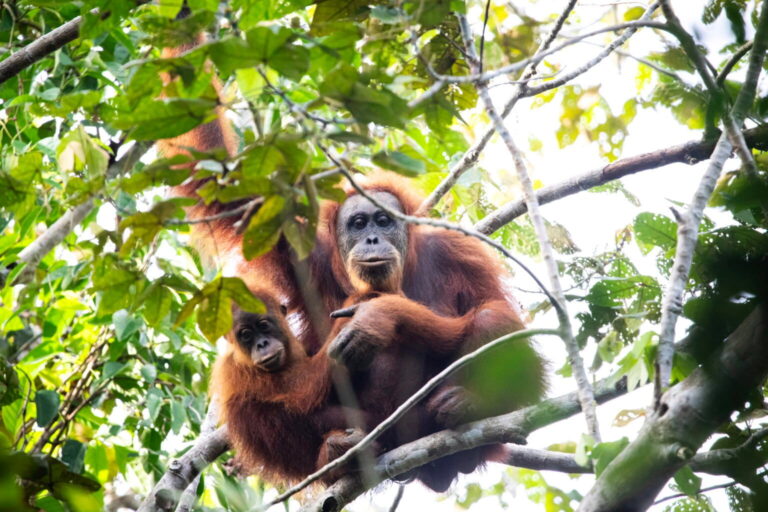Unfortunately, I do not think we have ever had many big breakthroughs. I have been in conservation long enough to see all sorts of promising ideas, like debt-for-nature swaps, ICDPs [Integrated Conservation and Development Projects], bio-pharmaceuticals and ecotourism, and other NTFPs [Non-Timber Forest Products], REDD [Reduced Emissions from Deforestation and Degradation] and every imaginable incarnation of “priority-setting.” None of these have really proven tremendously transformational.
Where such ideas DO work, is where you have the right people in the field executing them. And often, where they fail, it boils down to the human element as well. Dedicated, well-trained and competent people are pretty much the lowest common denominator to all our conservation successes; the opposite is a common denominator for many conservation failures.
But how much of the global conservation budget is invested in people? Of all the hundreds of priority setting studies in the journals, how many identified people as the priority? How large is the slice of the pie going for training people in tropical rainforest countries and backing them up for the long-term battle that every significant conservation success requires?
Sadly, the answer to these questions shows why I think conservation is failing. Anyone in the business knows how common it is for conservation donors to stipulate “no salaries.” We undervalue conservationists in the tropical nations.
[robo-gallery id=”192462″]
[robo-gallery id=”192462″]













